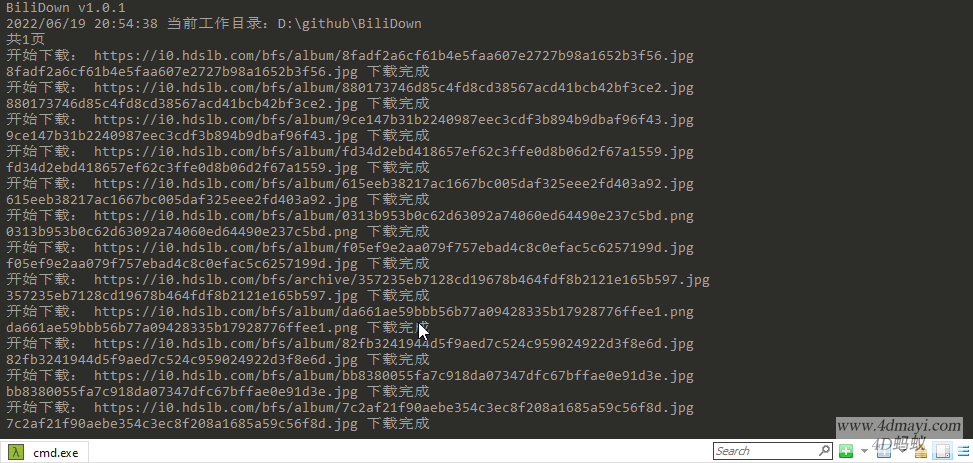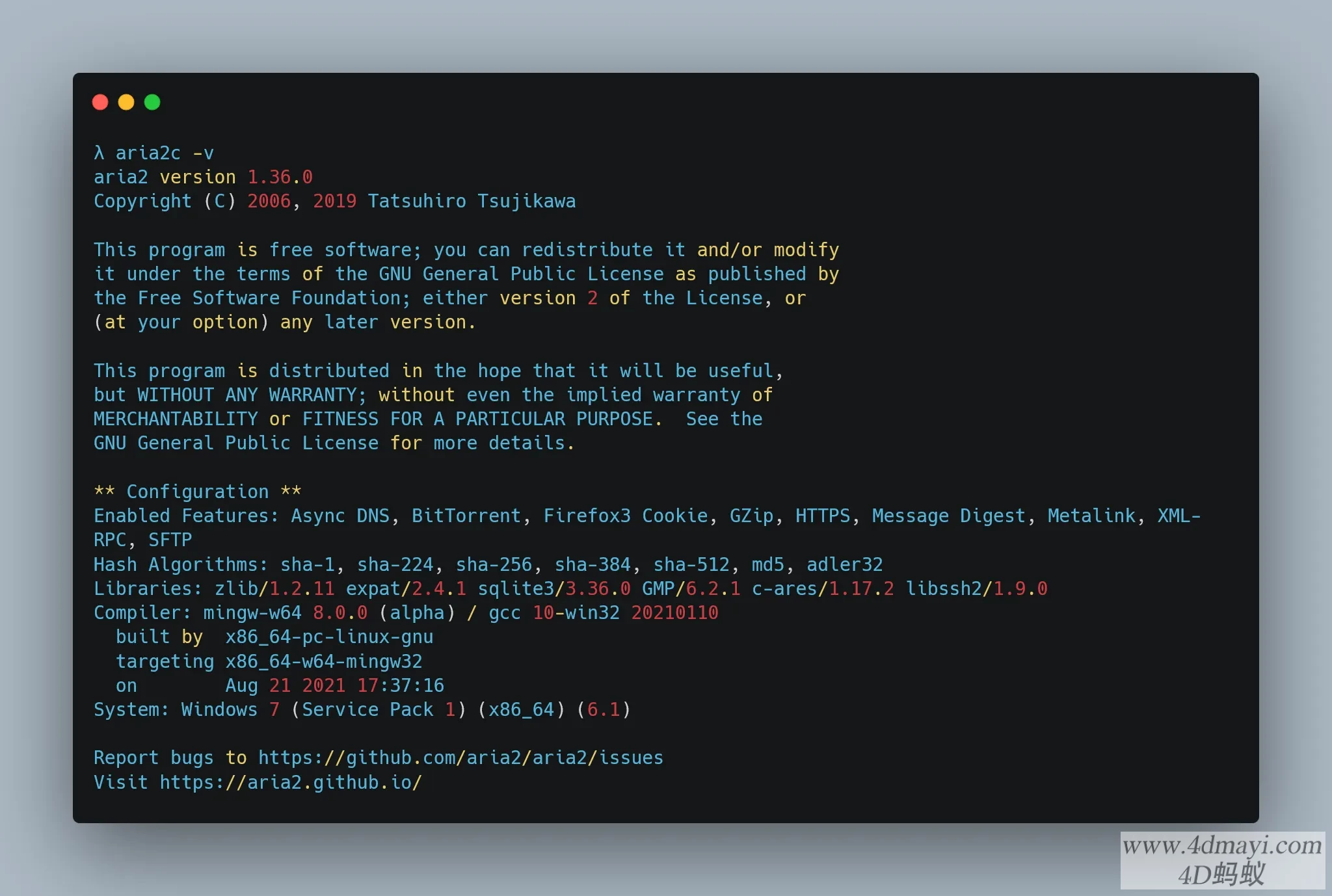以CentOS 7为例:
安装
yum update
yum install nmon使用
nmon -ft -s 10 -c 10- -f表示保存统计数据到本地,默认以日期+时间来命名
.nmon格式的文件 - -t表示抓取Top命令的数据
- -s表示每两次数据抓取的时间间隔
- -c表示共抓取几次
统计工具下载
该工具是借助Microsoft Excel来进行统计分析,需要电脑安装Microsoft Excel才可使用
下载地址:
http://nmon.sourceforge.net/pmwiki.php?n=Site.Nmon-Analyser
https://sourceforge.net/projects/nmon/files/nmon_analyser_v69.zip
更多帮助说明
Hint for nmon version 16g
Full Help Info : nmon -h
On-screen Stats: nmon
Data Collection: nmon -f [-s <seconds>] [-c <count>] [-t|-T]
Capacity Plan : nmon -x
Interactive-Mode:
Read the Welcome screen & at any time type: "h" for more help
Type "q" to exit nmon
For Data-Collect-Mode
-f Must be the first option on the line (switches off interactive mode)
Saves data to a CSV Spreadsheet format .nmon file in then local directory
Note: -f sets a defaults -s300 -c288 which you can then modify
Further Data Collection Options:
-s <seconds> time between data snapshots
-c <count> of snapshots before exiting
-t Includes Top Processes stats (-T also collects command arguments)
-x Capacity Planning=15 min snapshots for 1 day. (nmon -ft -s 900 -c 96)
---- End of Hints
---- Full Help Information for nmon 16g
For Interactive and Data Collection Mode:
User Defined Disk Groups (DG) - This works in both modes
It is a work around Linux issues, where disks & partitions are mixed up in /proc files
& drive driver developers use bizarre device names, making it trick to separate them.
-g <filename> Use this file to define the groups
- On each line: group-name <disks-list> (space separated list)
- Example line: database sdb sdc sdd sde
- Up to 64 disk groups, 512 disks per line
- Disks names can appear more than one group
-g auto - Will generate a file called "auto" with just disks from "lsblk|grep disk" output
For Interactive use define the groups then type: g or G
For Data Capture defining the groups switches on data collection
Data-Collect-Mode = spreadsheet format (i.e. comma separated values)
Note: Use only one of f, F, R, x, X or z to switch on Data Collection mode
Note: Make it the first argument then use other options to modify the defaults
Note: Don't collect data that you don't want - it just makes the files too large
Note: Too many snapshots = too much data and crashes Analyser and other tools
Note: 500 to 800 snapshots make a good graph on a normal size screen
Recommended normal minimal options: snapshots every 2 minutes all day:
Simple capture: nmon -f -s 120 -c 720
With Top Procs: nmon -fT -s 120 -c 720
Set the directory: nmon -fT -s 120 -c 720 -m /home/nag/nmon
Capture a busy hour: nmon -fT -s 5 -c 720 -m /home/nag/nmon
For Data-Collect-Mode Options
-f spreadsheet output format [note: default -s300 -c288]
output file is <hostname>_YYYYMMDD_HHMM.nmon
-F <filename> same as -f but user supplied filename
Not recommended as the default file name is perfect
The other options in alphabetical order:
-a Include Accelerator GPU stats
-b Online only: for black and white mode (switch off colour)
-c <number> The number of snapshots before nmon stops
-d <disks> To set the maximum number of disks [default 256]
Ignores disks if the systems has 100's of disk or the config is odd!
-D Use with -g to add the Disk Wait/Service Time & in-flight stats
-f and -F See above
-g <filename> User Defined Disk Groups (see above) - Data Capture: Generates BBBG & DG lines
-g auto See above but makes the file "auto" for you of just the disks like sda etc.
-h This help output
-I <percent> Set the ignore process & disks busy threshold (default 0.1%)
Don't save or show proc/disk using less than this percent
-J Switch-off Journel Filesystem stats collection (can causes issues with automound NFS)
-l <dpl> Disks per line in data capture to avoid spreadsheet width issues. Default 150. EMC=64.
-m <directory> nmon changes to this directory before saving to file
Useful when starting nmon via cron
-M Adds MHz stats for each CPU thread. Some POWER8 model CPU cores can be different frequencies
-N Include NFS Network File System for V2, V3 and V4
-p nmon outputs the PID when it starts. Useful in scripts to capture the PID for a later safe stop.
-r <runname> Use in a benchmark to record the run details for later analysis [default hostname]
-R Old rrdtool format used by some - may be removed in the future. If you use this email Nigel
-s <seconds> Time between snap shots - with "-c count" decides duration of the data capture
-t Include Top Processes in the output
-T As -t plus it saves command line arguments in UARG section
-U Include the Linux 10 CPU utilisation stats (CPUUTIL lines in the file)
-V Print nmon version & exit immediately
To manually load nmon files into a spreadsheet:
sort -A *nmon >stats.csv
Transfer the stats.csv file to your PC
Start spreadsheet & then Open with type=comma-separated-value ASCII file
This puts every datum in a different cell
Now select the data of one type (same 1st column) and graph it
The nmon Analyser & other tools do not need the file sorted.
Capacity Planning mode - use cron to run each day
-x Sensible spreadsheet output for one day
Every 15 mins for 1 day ( i.e. -ft -s 900 -c 96)
-X Sensible spreadsheet output for busy hour
Every 30 secs for 1 hour ( i.e. -ft -s 30 -c 120)
-z Like -x but the output saved in /var/perf/tmp assuming root user
Interactive Mode Keys in Alphabetical Order
Start nmon then type the letters below to switch on & off particular stats
The stats are always in the same order on-screen
To see more stats: make the font smaller or use two windows
Key --- Toggles on off to control what is displayed ---
b = Black and white mode (or use -b command line option)
c = CPU Utilisation stats with bar graphs (CPU core threads)
C = CPU Utilisation as above but concise wide view (up to 192 CPUs)
d = Disk I/O Busy% & Graphs of Read and Write KB/s
D = Disk I/O Numbers including Transfers, Average Block Size & Peaks (type: 0 to reset)
g = User Defined Disk Groups (assumes -g <file> when starting nmon)
G = Change Disk stats (d) to just disks (assumes -g auto when starting nmon)
h = This help information
j = File Systems including Journal File Systems
J = Reduces "j" output by removing unreal File Systems
k = Kernel stats Run Queue, context-switch, fork, Load Average & Uptime
l = Long term Total CPU (over 75 snapshots) via bar graphs
L = Large and =Huge memory page stats
m = Memory & Swap stats
M = MHz for machines with variable frequency 1st=Threads 2nd=Cores 3=Graphs
n = Network stats & errors (if no errors it disappears)
N = NFS - Network File System
1st NFS V2 & V3, 2nd=NFS4-Client & 3rd=NFS4-Server
o = Disk I/O Map (one character per disk pixels showing how busy it is)
Particularly good if you have 100's of disks
q = Quit
r = Resources: Machine type, name, cache details & OS version & Distro + LPAR
t = Top Processes: select the data & order 1=Basic, 3=Perf 4=Size 5=I/O=root only
u = Top Process with command line details
U = CPU utilisation stats - all 10 Linux stats:
user, user_nice, system, idle, iowait, irq, softirq, steal, guest, guest_nice
v = Experimental Verbose mode - tries to make recommendations
V = Virtual Memory stats
Key --- Other Interactive Controls ---
+ = Double the screen refresh time
- = Halves the screen refresh time
0 = Reset peak counts to zero (peak highlight with ">")
1 = Top Processes mode 1 Nice, Priority, Status
3 = Top Processes mode 3 CPU, Memory, Faults
4 = Top Processes mode 4 as 3 but order by memory
5 = Top Processes mode 5 as 3 but order by I/O (if root user)
6 = Highlights 60% row on Long Term CPU view
7 = Highlights 70% row on Long Term CPU view
8 = Highlights 80% row on Long Term CPU view
9 = Highlights 90% row on Long Term CPU view
. = Minimum mode i.e. only busy disks and processes shown
space = Refresh screen now
Interactive Start-up Control
If you find you always type the same toggles every time you start
then place them in the NMON shell variable. For example:
export NMON=cmdrtn
Other items for Interactive and Data Collection mode:
a) To limit the processes nmon lists (online and to a file)
either set NMONCMD0 to NMONCMD63 to the program names
or use -C cmd:cmd:cmd etc. example: -C ksh:vi:syncd
Other items for Data Collection mode:
b) To you want to stop nmon use: kill -USR2 <nmon-pid>
c) Use -p and nmon outputs the background process pid
d) If you want to pipe nmon output to other commands use a FIFO:
mkfifo /tmp/mypipe
nmon -F /tmp/mypipe &
tail -f /tmp/mypipe
e) If nmon fails please report it with:
1) nmon version like: 16g
2) the output of: cd /proc; cat cpuinfo meminfo partitions stat vmstat
3) some clue of what you were doing
4) I may ask you to run the debug version or collect data files
f) If box & line characters are letters then check: terminal emulator & $TERM
g) External Data Collectors - nmon will execute a command or script at each snapshot time
They must output to a different file which is merge afterwards with the nmon output
Set the following shell variables:
NMON_START = script to generate CVS Header test line explaining the columns
Generate: TabName,DataDescription,Column_name_and_units,Column_name_and_units ...
NMON_SNAP = script for each snapshots data, the parameter is the T0000 snapshot number
Generate: TabName,T00NN,Data,Data,Data ...
NMON_END = script to clean up or finalise the data
NMON_ONE_IN = call NMON_START less often (if it is heavy in CPU terms)
Once capture done: cat nmon-file data-file >merged-file ; ready for Analyser or other tools
The nmon Analyser will automatically do its best to graph the data on a new Tab sheet
Developer: Nigel Griffiths See http://nmon.sourceforge.net
Feedback welcome - On the current release only
No warranty given or implied. (C) Copyright 2009 Nigel Griffiths GPLv3



![Ubuntu 18.04 LTS 升级至 Ubuntu 20.04 LTS [命令行]](https://cdn.4dmayi.com/images/2021/11/07/067d1ba5c228781ae0b81904c2ea2543.png)
